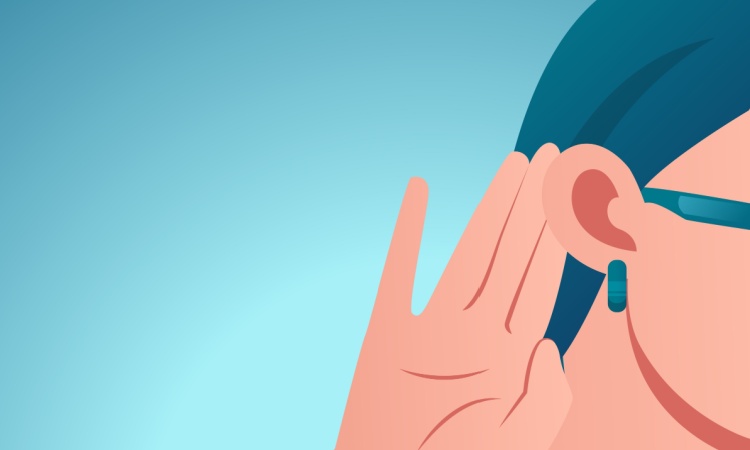Know About Ears: Structure, Function, and Care
Know About Ears: Structure, Function, and Care

The human ear performs two crucial functions—hearing and maintaining balance. Located on either side of your head, the ear is made up of three parts—the outer ear, middle ear, and inner ear. To understand how the ear works, it is important to know about the parts of the ear and their role in performing these functions.
Know Everything About Ears
Our ear is divided into three main parts – the outer ear, the middle ear, and the inner ear.
• The Outer Ear:
The outer ear is the visible part of your ear. It captures sound waves and channels them into the ear canal, where the sound is amplified. The sound waves then travel towards the eardrum or tympanic membrane, causing it to vibrate. The lining of the ear canal is coated with wax, which prevents the tissue from drying out, helps to fight infections, and clear dead skin from the ear.
• The Middle Ear:
The middle ear consists of the eardrum and three tiny bones - the malleus, incus and stapes. These three bones, called ossicles, amplify and transfer sound vibrations from the eardrum to the inner ear. The middle ear also houses the Eustachian tube, which helps to equalise the air pressure in your ears.
• The Inner Ear:
When sound waves or vibrations enter the inner ear, they are converted to electrical impulses and sent to the brain. The brain interprets these signals as sound, which we hear. The inner ear also contains the vestibular organ, which is responsible for balance.
Functions of the Ear
Ears have two main functions – hearing (auditory) and balance (equilibrium).
1. Hearing:
When sound waves enter the ear canal, the eardrum vibrates. This vibration, then, passes on to the three tiny bones, called ossicles, in the middle ear. The ossicles amplify and transmit these sound waves to the inner ear. Once the sound waves reach your inner ear, tiny hair cells transform them into electrical signals and send them to your brain. The brain interprets the signals as sound and that’s how we hear. So, the outer ear captures the sound waves, the middle ear amplifies them, and the inner ear converts the sound waves into electrical signals.
2. Balance:
The inner ear contains the organs of balance, called the vestibular system. When the head moves, signals from the organs are sent to the brain (through the vestibular nerve). The brain processes the signals and helps maintain balance and posture.
Conclusion
Now that you know about ears, it is crucial to take proper care to prevent ear conditions, diseases, and hearing loss. If you feel any discomfort, such as ear pain, itchy ears, muffled hearing, or ringing in the ears, consult a doctor for appropriate treatment.
For financial security during medical emergencies, buy health insurance that offers comprehensive coverage based on your needs.
Disclaimer: The above information is for illustrative purposes only. For more details, please refer to the policy wordings and prospectus before concluding the sales.
RELATED ARTICLES
Medical Insurance and Hearing Aids – What You Need to Know
Organ Donor Expenses: Does Your Health Insurance Cover Them?
Debunking Myths & Facts About Eye Care
How Does Health Insurance Work ?
How Long Does Viral Fever Last? Symptoms & Treatment










 Health Insurance
Health Insurance  Travel Insurance
Travel Insurance  Car Insurance
Car Insurance  Cyber Insurance
Cyber Insurance  Critical Illness Insurance
Critical Illness Insurance
 Pet Insurance
Pet Insurance
 Bike/Two Wheeler Insurance
Bike/Two Wheeler Insurance  Home Insurance
Home Insurance  Third Party Vehicle Ins.
Third Party Vehicle Ins.  Tractor Insurance
Tractor Insurance  Goods Carrying Vehicle Ins.
Goods Carrying Vehicle Ins.  Passenger Carrying Vehicle Ins.
Passenger Carrying Vehicle Ins.  Compulsory Personal Accident Insurance
Compulsory Personal Accident Insurance  Travel Insurance
Travel Insurance  Rural
Rural 











